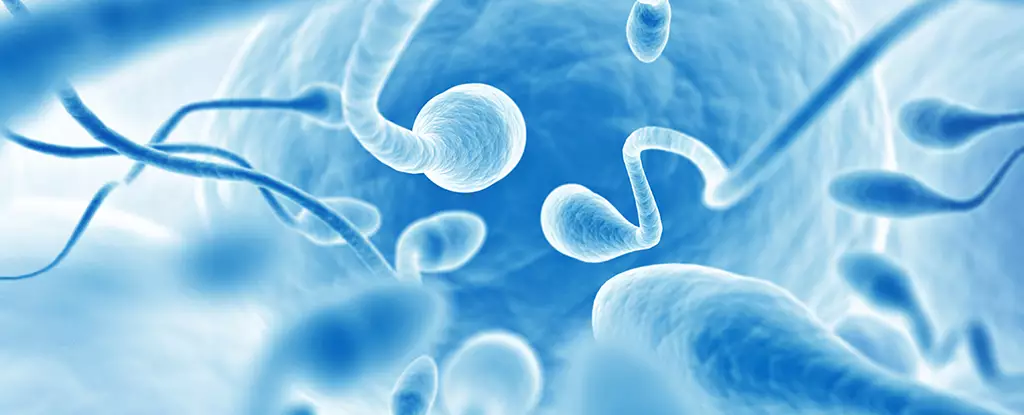As humanity looks to explore and potentially inhabit other celestial bodies, a significant obstacle has emerged regarding human reproduction in microgravity environments. Recent studies highlight that microgravity conditions could drastically alter sperm behavior, ultimately impacting reproductive success. With the ambitious plans for lunar and Martian colonies, we must delve deeper into understanding the implications of human reproduction in the cosmos.
Research conducted by a team at the Technical University of Catalonia and Dexeus University Hospital in Spain involved a groundbreaking experiment with human sperm. By gathering 15 sperm samples and dividing them into two groups—one that remained on Earth and another that was subjected to the conditions of microgravity through parabolic flights—the researchers aimed to determine how these conditions influenced sperm mobility and vitality.
The results were striking. Sperm samples exposed to microgravity exhibited a marked decline in both motility and vitality. While the sperm were not completely rendered ineffective, the study indicated that their ability to navigate toward an egg was significantly hindered. It became clear that microgravity introduces complex challenges, affecting not only the speed of sperm but also their effectiveness in the fertilization process.
Going deeper into the mechanics, the researchers recorded a pronounced decrease in sperm’s curvilinear velocity, the measurement that reflects how quickly and effectively sperm move toward their target. While some aspects of sperm health remained unaffected—like DNA integrity, shape, oxidative stress levels, and apoptosis—the overall decline in movement raises critical questions about human fertility in a microgravity environment.
According to the researchers, these findings suggest that if human reproductive activities were to take place under prolonged microgravity conditions, the likelihood of successful fertilization could be considerably diminished. This research unveils an urge to comprehend the specific chemical and physiological changes that occur in sperm during microgravity, leading scientists to speculate about potential alterations in sperm vitality and functions.
As plans for extended space missions and even space tourism gain momentum, the conversation surrounding human reproduction must evolve. Traditional astronaut training has focused on survival in extreme conditions and technological mastery, with human intimacy and reproduction often sidelined. Yet, if we intend to establish permanent outposts on Mars or the Moon, understanding reproductive health will be crucial.
Furthermore, assisted reproductive techniques, such as in vitro fertilization (IVF), may become essential in these off-world environments, especially if sperm motility remains compromised. The implications extend beyond natural conception; we must investigate how these techniques will hold up in microgravity.
What becomes evident from this research is the necessity for continued studies to validate and expand upon these initial findings. As the limitations of human reproduction in microgravity are delineated, our understanding of how to adapt reproductive technologies for space will be crucial.
The researchers emphasize the need for more experimental work with human sperm under space-like conditions. In doing so, we will not only shed light on the viability of human conception in space but also enrich our grasp of basic biological processes affected in extraterrestrial environments.
The exploration of human reproduction in microgravity isn’t merely a scientific curiosity; it’s a fundamental aspect of ensuring humanity’s survival and continuity as we expand our horizons beyond Earth. If colonization efforts are to be successful, addressing the challenges that space poses to fundamental biological functions will be imperative. As research continues to unfold, the vision of human life thriving across the cosmos may become more feasible, ensuring that our species can take root and flourish even out among the stars.


Leave a Reply